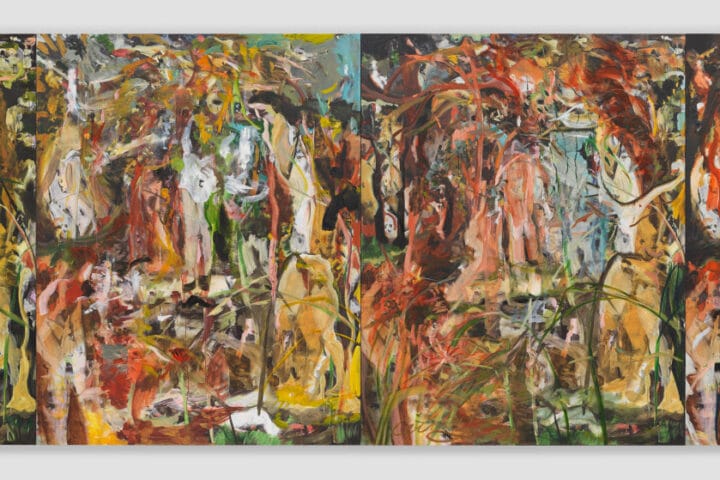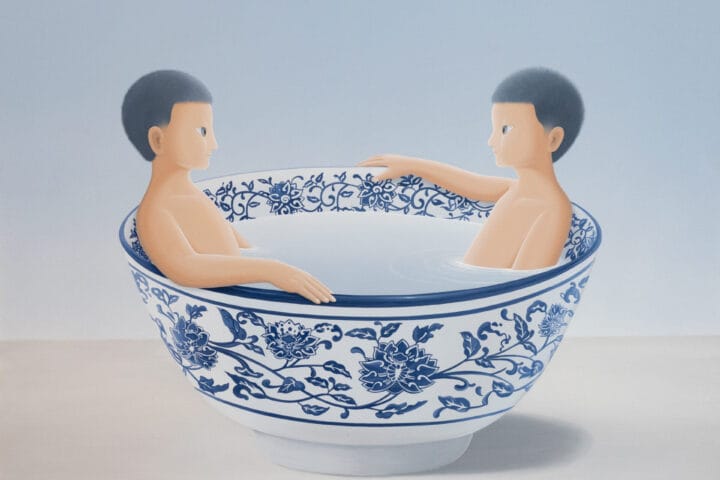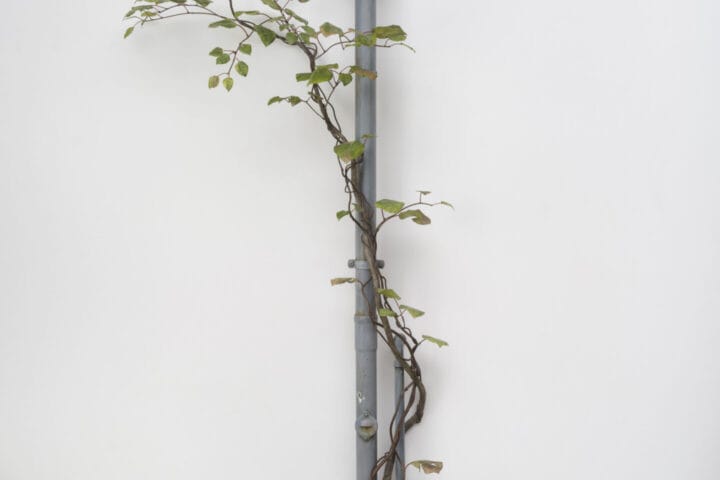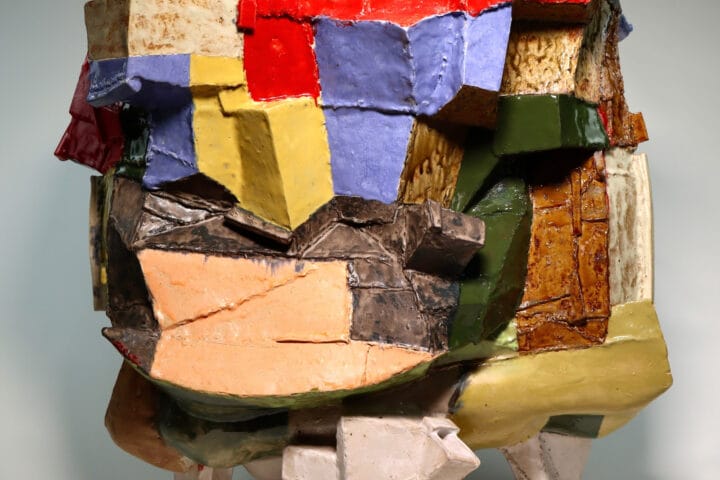Ikon presents the first major solo exhibition in Europe by artist Mit Jai Inn (b.1960, Chiang Mai). A leading figure of contemporary art in Thailand, Mit is known for his colourful artworks that merge painting and sculpture. Dreamworld features recent and new works made for Ikon which embody his vision of art “as a utopian dream within everyday life” and collective hopes for a brighter future.
“When I paint, it’s not only with my eyes, but with all of my senses: touch, smell, movement. The whole entity.”
Mit Jai Inn
Mit’s art spans a variety of forms which he has developed over the past 35 years. Wall Works (1986 –) are unstretched rectangular canvases, painted on both sides with thick lines and bold patches of paint. The random slits of Patch Works (1999 –) break away from the clean lines and logic of minimalist painting, while the fluorescent colours and frayed edges of Dream Works (1999 –) express the excitement and anxiety felt by people around the world on the eve of the new millennium and since. Scrolls (1987 –) transform a traditional format of Eastern painting into rollable sculptures, and in Pools (2016 –), mounds of paint bathed in solvents evoke the climate of his outdoor studio in Chiang Mai, where high levels of humidity keep his paints sticky and viscous.
A republican and activist, Mit’s works often convey his resistance to the Thai monarchy and military rule. Since 2020, popular protests in Thailand have called for political reform and for King Maha Vajiralongkorn to step down. Though punishable by imprisonment, thousands of people, including Mit, continue to campaign at their own risk, galvanised by the possibility of change. At times, colours in Mit’s works such as red, blue, yellow and silver reference Thai politics and his indigenous Yong heritage. Their defiance of traditional formats of painting also convey his rebellious spirit.
For Mit, painting is both intensely physical and deeply meditative. Using his hands, fingers and, occasionally, a palette knife, he dabs, slaps and pulls colours across the canvas, blending them intuitively. The thick consistency of his paints is derived from a mixture of old oil paint, gypsum powder, colour pigments and acrylic paints, loosened with linseed oil. Reflective minerals increase the dazzling effect of their combined colours and give them their “magic” glow.
An idea of circulating positive energy between humans and the natural world is at the heart of Mit’s art. He sees painting as a way of transferring fields of energy from the earth (the source of his materials) into his works and their surroundings. Site-specificity is an important element of his practice: for instance, the suspended “flags” of People’s Wall (2019) at Jim Thompson Art Farm, Thailand, or the immense scale of Planes (Hover, Erupt, Erode) (2018), which reflected the cavernous buildings of Cockatoo Island, Sydney, Australia.
Mit has often given his works away, for members of the public to keep, and for other artists to incorporate into their own projects. These gestures highlight Mit’s belief in his artworks as gifts, whose meaning lies in the hands of their owners, hosts and viewers. They have also resulted in his relative lack of recognition in the art world, outside of Thailand. A co-founder of initiatives The Land (1998 –) and Chiang Mai Social Installation (CMSI) (1992 – 98), Mit has frequently eschewed authorship of these projects, preferring to foster their collaborative spirit. For him, collective will is the essence of sincerely held beliefs in both art and Buddhism.










